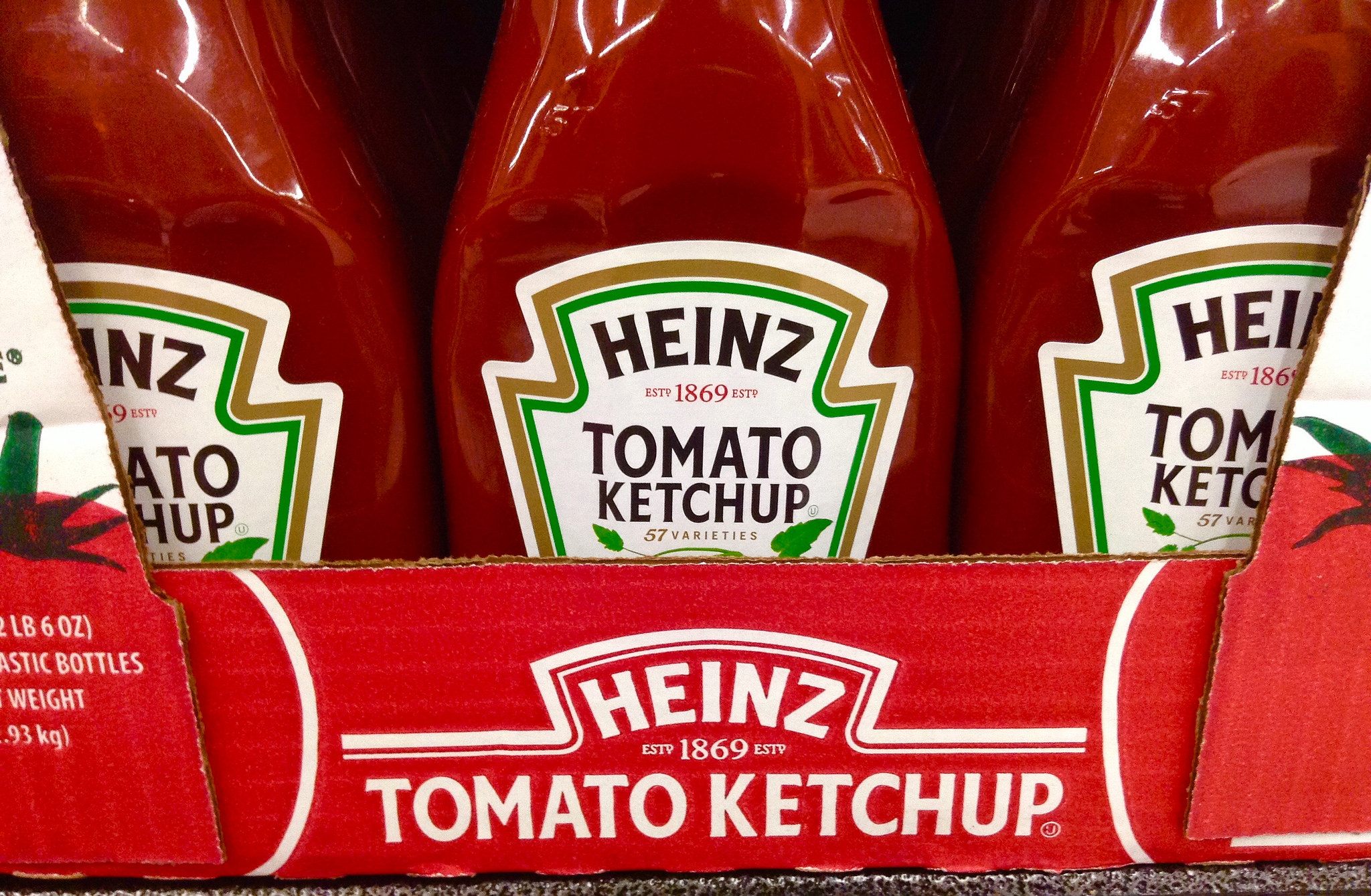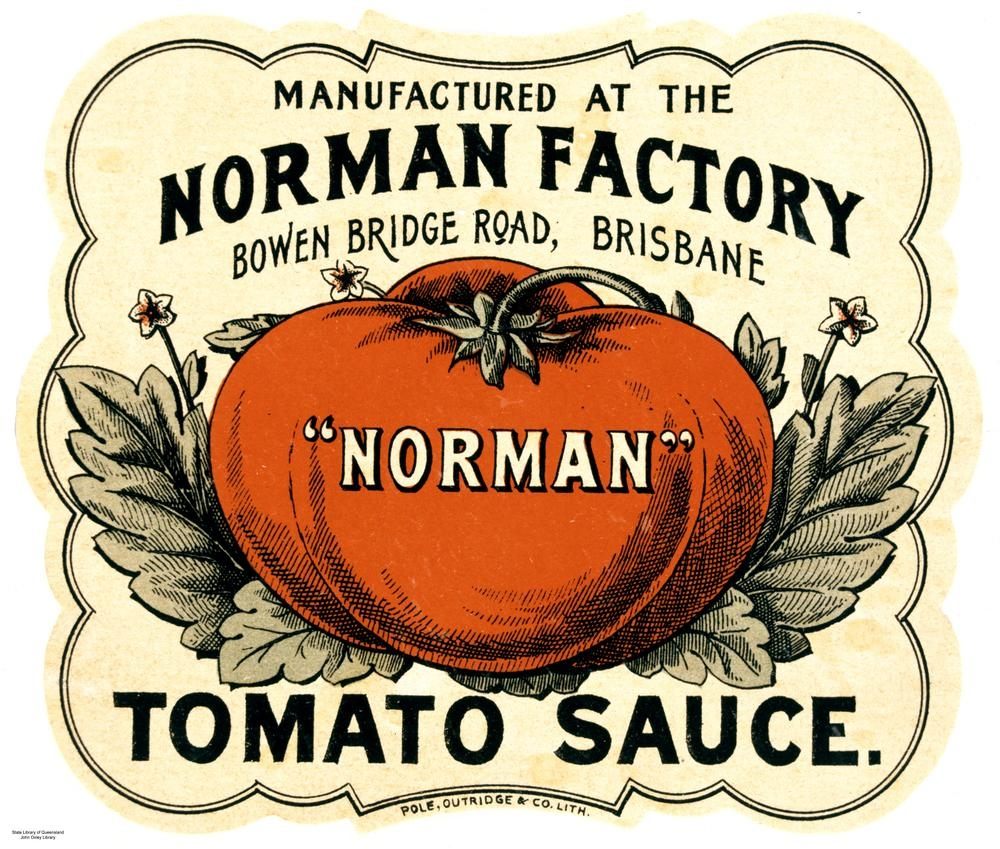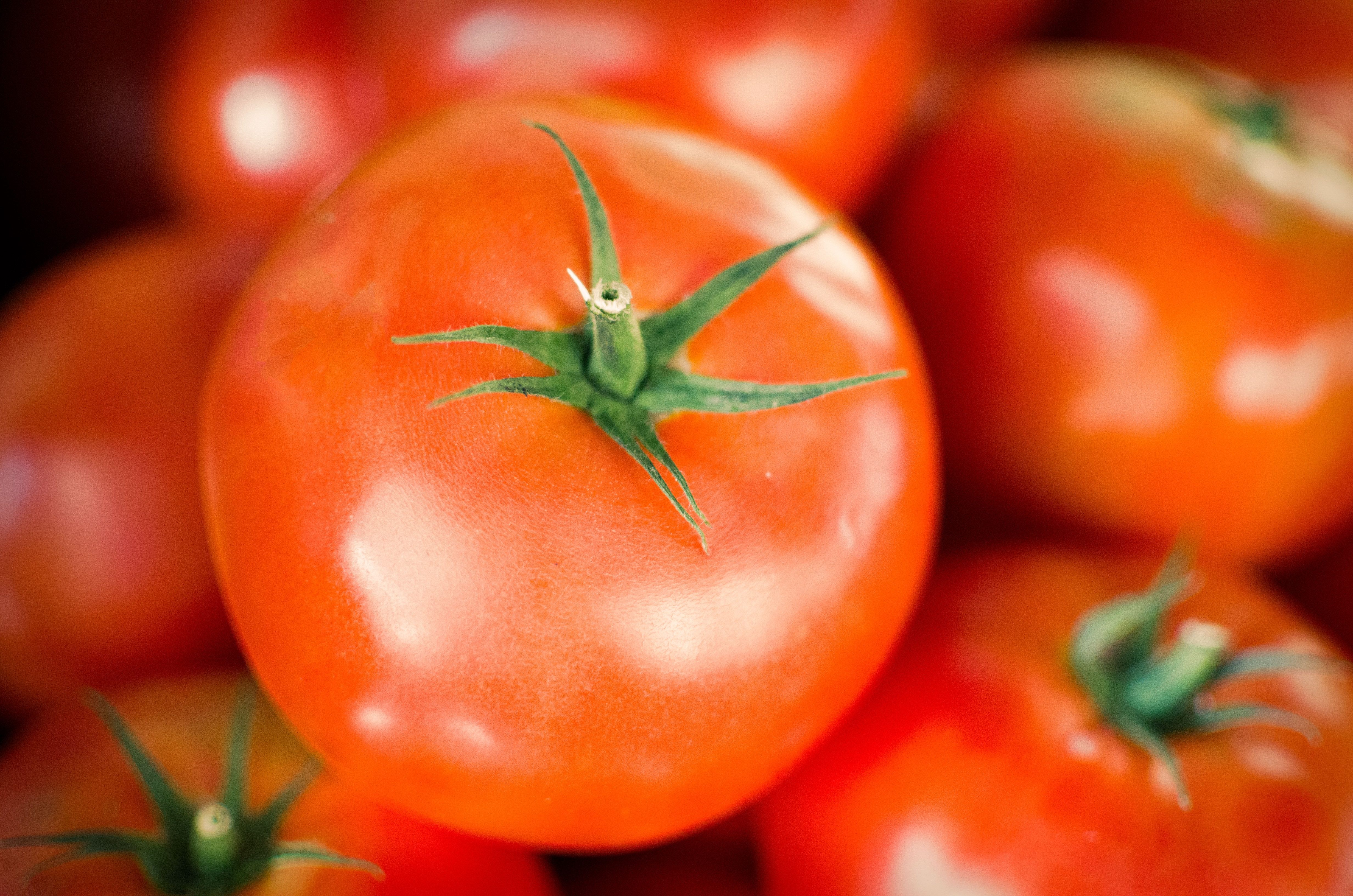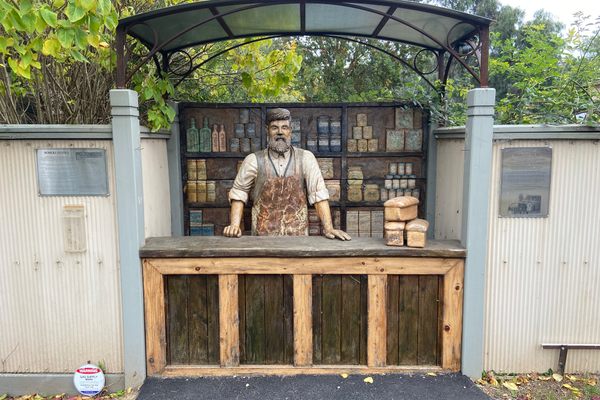Heinz’s Decades-Long Attempt to Convince Australia That Ketchup Is Awesome
Australians grew up with tomato sauce. Heinz wants to sell them (nearly identical) ketchup.

A version of this post originally appeared on Tedium, a twice-weekly newsletter that hunts for the end of the long tail.
Americans far and wide grew up with a prominent number 57 on the bottle of their condiment of choice, Heinz Tomato Ketchup.
Of course, not everywhere is like the United States, home of Heinz ketchup. Residents of every other country grew up with their own traditions. Take New Zealand, where squeezable, plastic containers, filled with tomato sauce rather than ketchup, have been a fact of life and still have a degree of kitsch value to them.
Likewise, Australians didn’t grow up with ketchup, either; they also subsisted on tomato sauce. In the 1950s and 1960s, brands like Fountain came to define the country’s relationship with a sauce built from tomatoes.

Broken down, the difference between the two condiments, besides location, is relatively modest. Ketchup, at least in its American form, generally has vinegar. Tomato sauce, which is found in New Zealand, Australia, and South Africa, often does as well, though you’ll find it listed as acetic acid and water, two ingredients that, together, are the two main elements of vinegar. So the main difference appears to involve the splitting of hairs. (In previous eras, ketchup could be made from different fruits, from shellfish, or even from mushrooms.)
Whatever the case, there’s a lot of pride taken in some countries’ tomato-condiment variants. This is particularly true in New Zealand, where the brand Wattie’s is so loved that there’s a commercial dedicated to the sauce, in which a man sings a song titled, “You’ll Never Be a Kiwi Till You Love Our Wattie’s Sauce.”
Wattie’s, a common example of Kiwiana or New Zealand kitsch, has been owned by Heinz since 1992. So even if the number 57 isn’t everywhere, the company sells plenty of tomato-based condiments in New Zealand.
Does this phenomenon stretch to nearby Australia? Certainly, the country loves its tomato sauce. But do they love tomato sauce produced by Heinz? Not so much. In fact, with much futility, Heinz has spent decades trying to sell the Australian public on ketchup—not tomato sauce, ketchup. Heinz owns its own tomato sauce line, Big Red, but it’s long been trying to make a serious case for the American stuff in the Australian market.
Heinz has struggled to make the case that ketchup is a worthy alternative to the condiment that most Australians grew up with. Not that they haven’t tried. In 1991, for example, per the industry periodical Food Australia, Heinz launched a cookbook to tell the public that its ketchup was distinct from tomato sauce.
“Heinz Tomato Ketchup Marketing Manager Martin Dowling said that Australians need to be educated that tomato ketchup is different, it is not tomato sauce with an American name,” the article stated. It also pointed out that American-style ketchup made up just 3.4 percent of the market at the time, an increase from two percent, but still anemic compared to how Heinz ketchup does in other markets.

Heinz’s efforts to sell the Australian public on ketchup have at times been seen as something of an affront on Australian identity, especially as, starting in 2010, the company started advertising ketchup on television. Famed Australian entrepreneur Dick Smith, whose company makes the competing OzEsauce, was among the more prominent critics of the move.
“They don’t give a stuff about Australian culture or our way of life,” he told The Sunday Telegraph. “They’ve basically said if we have one common label and … call it ketchup all around the world, that’s the best way we can make money.”
For Australians, it seems, ketchup is an Americanism in a country that has seen its fair share of American culture bleed in already. In a similar vein, Australian television personality Scott Cam worried that the term “tomato sauce” would be replaced by ketchup. “What, are we gonna start walking down the sidewalk?” Cam said, referencing that Australians instead say footpath. “They’re infiltrating us—it’s not our way of life.”
More recently, the company has made its case against tomato sauce by having a celebrity chef point out that it’s thinner than ketchup, using the kind of demonstration Americans might recognize from laundry detergent commercials. The approach is actually a throwback for Heinz, which once used the thickness of its ketchup as a selling point in the United States.
However, rather than selling the public on the idea that ketchup is better than tomato sauce, the most recent advertising seems to simply be creating confusion—Matt Young of news.com.au wrote a lengthy story trying to figure out if there was actually a difference between ketchup and tomato sauce, beyond the advertising. He failed.
Heinz’s ketchup campaign isn’t necessarily tilting at windmills—the company by no means struggles in Australia. Its most popular products in the region, under different brands, include canned beans and beetroot. Heinz Beans are nearly as iconic in Australia as Heinz Ketchup is in America.
But ketchup does seem to be a much harder sell. In 2012, the company closed its local ketchup factory, after 70 years of existence, and moved its production to New Zealand. In a final indignity, the Australian Broadcasting Corporation reported the news as “Heinz tomato sauce factory closes.”
A version of this post originally appeared on Tedium, a twice-weekly newsletter that hunts for the end of the long tail.

Gastro Obscura covers the world’s most wondrous food and drink.
Sign up for our regular newsletter.




























Follow us on Twitter to get the latest on the world's hidden wonders.
Like us on Facebook to get the latest on the world's hidden wonders.
Follow us on Twitter Like us on Facebook